David Turnbull Lectureship
 The David Turnbull Lectureship recognizes the career contribution of a scientist to fundamental understanding of the science of materials through experimental and/or theoretical research. In the spirit of the life work of David Turnbull, writing and lecturing also can be factors in the selection process.
The David Turnbull Lectureship recognizes the career contribution of a scientist to fundamental understanding of the science of materials through experimental and/or theoretical research. In the spirit of the life work of David Turnbull, writing and lecturing also can be factors in the selection process.
The recipient will give a technical lecture of broad appeal at a designated session of the MRS Fall Meeting, and he/she will work with the MRS Bulletin staff in preparing an appropriate article for the MRS Bulletin. In addition, the recipient will receive a travel allowance for speaking engagements throughout the year.
Deadline is May 1, 2025
Nomination Information
Rules and eligibility, nomination package requirements and more are available here.
Package
The Turnbull Lecturer will receive a $5,000 honorarium and a citation plaque. The registration fee and reasonable travel expenses to the MRS meeting at which the Turnbull Lecture is given will be reimbursed. The David Turnbull Lectureship is intended to support and enrich the materials research community, while honoring the accomplishments of an outstanding researcher and communicator.
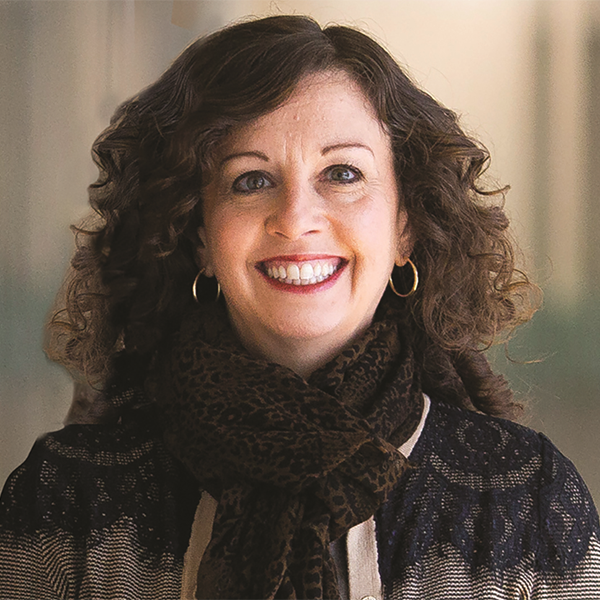
Sharon Glotzer
University of Michigan
A Theory of Entropic Bonding in Colloidal Crystals
For key discoveries and insights that have shaped our understanding of nanoparticle self-assembly, dissemination through engaging lectures and impactful publications, teaching and mentoring a diverse cohort of passionate young scientists, and sustained leadership in soft matter and computational materials science
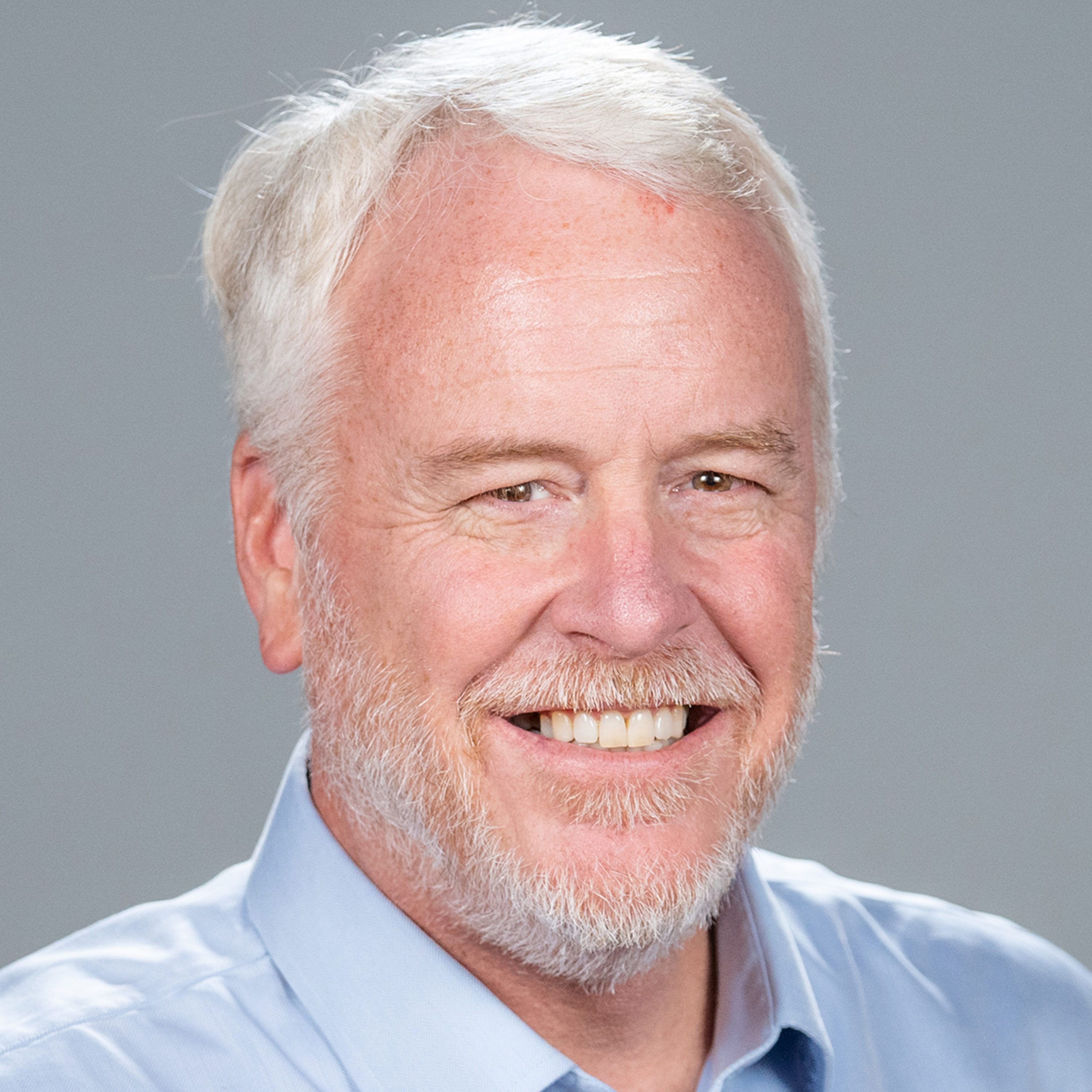
Mark Asta
University of California, Berkeley and Lawrence Berkeley National Laboratory
Concentrated Alloys: Order, Disorder, and the Vast Space in Between
For seminal contributions to theory, computational modeling, and education on the structural, thermodynamic, and kinetic properties of phases, surfaces, and interfaces of materials.
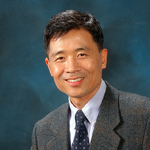
Chang-Beom Eom
University of Wisconsin-Madison
Complex Oxide Heterostructures: How did we get here and where are we going?
For pioneering research and insightful lectures on epitaxy of oxide materials and its impact on applications in electronics.
The David Turnbull Lectureship recognizes the career contribution of a scientist to fundamental understanding of the science of materials through experimental and/or theoretical research. In the spirit of the life work of David Turnbull, writing and lecturing also can be factors in the selection process. Read the news release on Eom here »
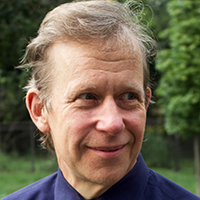
"For foundational discoveries in interface-based engineering of self-organizing materials"
Nicholas A. Kotov received his degrees from the Moscow State University with his diploma and PhD studies centered on bioinspired harvesting of solar energy. His postdoctoral studies at Syracuse University encompassed the self-assembly of biomimetic nanocomposites. After taking an assistant professor position at Oklahoma State University, he expanded the field of biomimetic processes and self-organized materials by establishing a research program on self-assembly of nanostructures. Kotov is currently Irving Langmuir Distinguished University Professor of Chemical Sciences and Engineering at the University of Michigan. He heads the laboratory and international team of scientists working on practical implementations and theoretical foundations of biomimetic nanostructures. Self-assembly and optical properties of chiral nanoparticles and their superstructures represent a focal point for the continuum of bioinspired nanoscale materials with multidisciplinary significance to physics, chemistry, biology and medicine. Nicholas is a co-founder of five startup companies and a passionate advocate for scientists with disabilities.
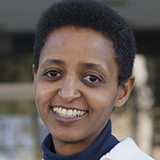 "For fundamental contributions to the electrochemical and thermochemical materials science that advance sustainable energy, for her commitment to the broader international materials community and for being an inspiring colleague and passionate mentor"
"For fundamental contributions to the electrochemical and thermochemical materials science that advance sustainable energy, for her commitment to the broader international materials community and for being an inspiring colleague and passionate mentor"
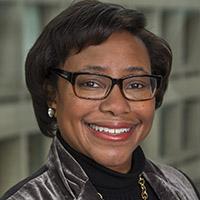 "For her contributions to the science, engineering and applications of self-assembled macromolecular systems”
"For her contributions to the science, engineering and applications of self-assembled macromolecular systems”
 "For fundamental contributions to solid state ionics including the discovery of the key role of intercalation mechanisms, and the development and commercialization of rechargeable Li-ion batteries”
"For fundamental contributions to solid state ionics including the discovery of the key role of intercalation mechanisms, and the development and commercialization of rechargeable Li-ion batteries”
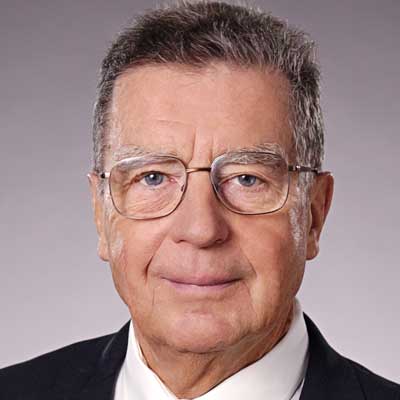 "For groundbreaking contributions to the science and technology of thin film photovoltaics, amorphous silicon and flexible large-area electronics.”
"For groundbreaking contributions to the science and technology of thin film photovoltaics, amorphous silicon and flexible large-area electronics.”
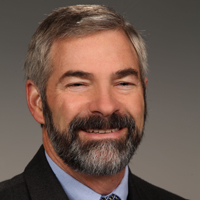 "For discoveries that have shaped our understanding of crystallization science.
"For discoveries that have shaped our understanding of crystallization science.
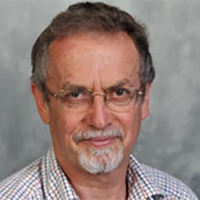 "For discoveries which transformed our understanding of soft matter and interfaces, through sustained research, inspirational lecturing and academic leadership.”
"For discoveries which transformed our understanding of soft matter and interfaces, through sustained research, inspirational lecturing and academic leadership.”
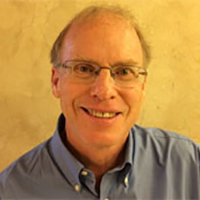 "For pioneering discoveries related to carbon materials and their innovative preparation, characterization, and mechanics.”
"For pioneering discoveries related to carbon materials and their innovative preparation, characterization, and mechanics.”
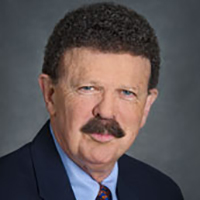 "For pioneering contributions to, and teaching us all how to think about, the mechanistic role of microstructure in governing fatigue and fracture in a variety of materials systems, and communicating his scientific insights to the world audience through eloquent lectures and seminal publications.”
"For pioneering contributions to, and teaching us all how to think about, the mechanistic role of microstructure in governing fatigue and fracture in a variety of materials systems, and communicating his scientific insights to the world audience through eloquent lectures and seminal publications.”
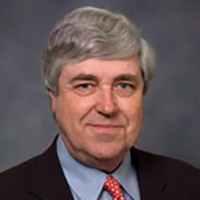 "For his original contributions to the understanding of atomic arrangements in solids and their relationship to diverse materials phenomena including martensitic transformations, dislocation interactions with interfaces, phase equilibria in complex thin film systems, and nanoscale interactions in soft matter, for seminal contributions to in-situ and high resolution transmission electron microscopy, development of their combined use, and for passionate and dedicated teaching, advising, and academic leadership."
"For his original contributions to the understanding of atomic arrangements in solids and their relationship to diverse materials phenomena including martensitic transformations, dislocation interactions with interfaces, phase equilibria in complex thin film systems, and nanoscale interactions in soft matter, for seminal contributions to in-situ and high resolution transmission electron microscopy, development of their combined use, and for passionate and dedicated teaching, advising, and academic leadership."
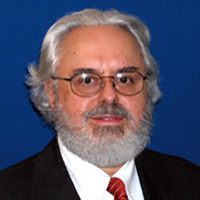 "For his development of nanoscience and nanotechnology through research, publications, lecturing and mentoring: in particular, for his work on carbon nanotubes, graphene and semiconductor surfaces, imaging and measuring their electronic structure and properties; modifying them chemically and physically using scanning probe techniques; and incorporating them into advanced electronic and photonic devices"
"For his development of nanoscience and nanotechnology through research, publications, lecturing and mentoring: in particular, for his work on carbon nanotubes, graphene and semiconductor surfaces, imaging and measuring their electronic structure and properties; modifying them chemically and physically using scanning probe techniques; and incorporating them into advanced electronic and photonic devices"
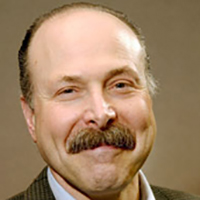 "For pioneering achievements and leadership in establishing the field of semiconductor spintronics, including fundamental discoveries of spin transport and coherence in the solid state, developing new experimental techniques and materials engineering for spin-based quantum information science, and for excellence in communication through lecturing and writing"
"For pioneering achievements and leadership in establishing the field of semiconductor spintronics, including fundamental discoveries of spin transport and coherence in the solid state, developing new experimental techniques and materials engineering for spin-based quantum information science, and for excellence in communication through lecturing and writing"
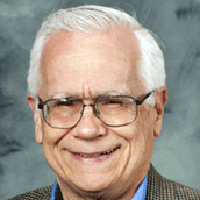 "For outstanding contributions in bringing insights and understanding to flux pinning in superconductors and the the fundamentals of fracture, diffusions, interface phenomena in complex polymeric materials through research, teaching, mentoring, writing, and lecturing."
"For outstanding contributions in bringing insights and understanding to flux pinning in superconductors and the the fundamentals of fracture, diffusions, interface phenomena in complex polymeric materials through research, teaching, mentoring, writing, and lecturing."
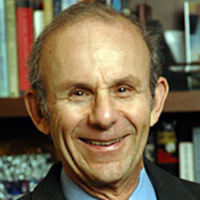 "For research that has made major contributions to our understanding of point defects and the role they play in radiation damage and phase transformations; unique studies of interfacial segregation; and especially for the development and fruitful use of atom-probe spectrometry; for numerous seminal publications, and excellence in education/training students and colleagues in the laboratory, classroom and conferences."
"For research that has made major contributions to our understanding of point defects and the role they play in radiation damage and phase transformations; unique studies of interfacial segregation; and especially for the development and fruitful use of atom-probe spectrometry; for numerous seminal publications, and excellence in education/training students and colleagues in the laboratory, classroom and conferences."
 "For his pioneering contributions to the materials science of complex oxide heterostructures and nanostructures, including multiferroics, ferroelectrics,and magnetoresistive oxides; and for his enthusiasm and leadership in conveying the excitement of this field to a broad audience."
"For his pioneering contributions to the materials science of complex oxide heterostructures and nanostructures, including multiferroics, ferroelectrics,and magnetoresistive oxides; and for his enthusiasm and leadership in conveying the excitement of this field to a broad audience."
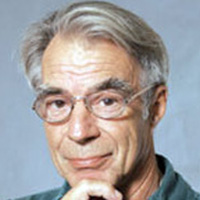 "For pioneering contributions to the fundamental understanding of the formation, dynamics, and properties of glasses, and particularly his development of fragility as an essential tool for characterizing glass forming materials, coupled with a comprehensive understanding of the field effectively communicated through lectures and publications."
"For pioneering contributions to the fundamental understanding of the formation, dynamics, and properties of glasses, and particularly his development of fragility as an essential tool for characterizing glass forming materials, coupled with a comprehensive understanding of the field effectively communicated through lectures and publications."
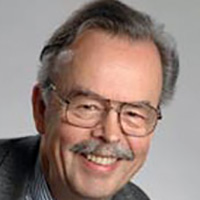 "For pioneering achievements and leadership in establishing the field of Isotopically Engineered Semiconductors, for outstanding contributions to materials growth, doping and diffusion, and for excellence in lecturing, writing, and fostering international collaborations."
"For pioneering achievements and leadership in establishing the field of Isotopically Engineered Semiconductors, for outstanding contributions to materials growth, doping and diffusion, and for excellence in lecturing, writing, and fostering international collaborations."
 "For pioneering contributions to the fundamental understanding of structure and properties of complex polymeric materials, particularly block copolymers and polymeric vesicles, coupled with outstanding lecturing, writing, teaching, and educational leadership."
"For pioneering contributions to the fundamental understanding of structure and properties of complex polymeric materials, particularly block copolymers and polymeric vesicles, coupled with outstanding lecturing, writing, teaching, and educational leadership."
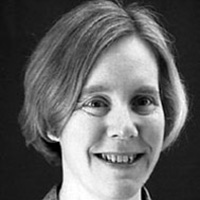 "For groundbreaking research on the atomic-scale science of surfaces and for leadership, writing, teaching, and outreach that conveys her deep understanding of and enthusiasm for materials research."
"For groundbreaking research on the atomic-scale science of surfaces and for leadership, writing, teaching, and outreach that conveys her deep understanding of and enthusiasm for materials research."
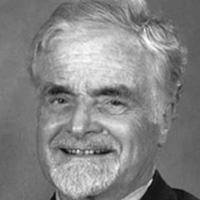 "For service to the materials science community through writing, editing, mentoring, and fostering of international understanding, as well as for outstanding contributions to the development of physical metallurgy through research on recovery and recrystallization, rapid solidification, and intermetallic compounds."
"For service to the materials science community through writing, editing, mentoring, and fostering of international understanding, as well as for outstanding contributions to the development of physical metallurgy through research on recovery and recrystallization, rapid solidification, and intermetallic compounds."
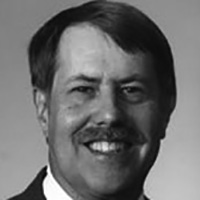 "For his contributions to the fundamental understanding of electrical, optical, mechanical, surface and interface properties of bulk and nanostructured semiconductors, ceramics, and metals through ab initio calculations; and for excellence in teaching, lecturing, and writing."
"For his contributions to the fundamental understanding of electrical, optical, mechanical, surface and interface properties of bulk and nanostructured semiconductors, ceramics, and metals through ab initio calculations; and for excellence in teaching, lecturing, and writing."
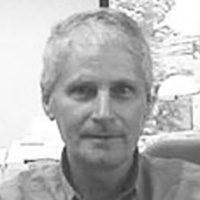 "For outstanding contributions and leadership in bringing fundamental insights in mechanical behavior to materials engineering through research, teaching, mentoring, writing, and lecturing."
"For outstanding contributions and leadership in bringing fundamental insights in mechanical behavior to materials engineering through research, teaching, mentoring, writing, and lecturing."
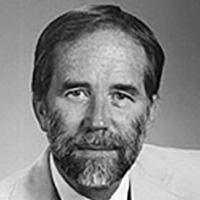 "For contributions to the use of non-thermal methods in the growth of thin films and the engineering of their phase, composition, and microstructure; and for excellence in teaching and writing."
"For contributions to the use of non-thermal methods in the growth of thin films and the engineering of their phase, composition, and microstructure; and for excellence in teaching and writing."
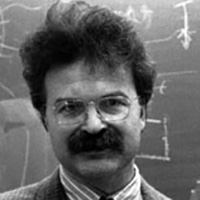 "For his insights into the statistical aspects of materials phenomena including phase transitions, pattern formation, and disordered, granular, and soft materials, and for his outstanding lecturing and writing on these topics."
"For his insights into the statistical aspects of materials phenomena including phase transitions, pattern formation, and disordered, granular, and soft materials, and for his outstanding lecturing and writing on these topics."
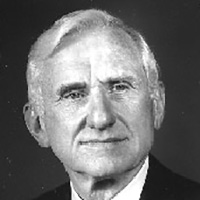 "For contributing to the foundations and technology of solidification processing and for educating a generation of materials engineers."
"For contributing to the foundations and technology of solidification processing and for educating a generation of materials engineers."
 "For pioneering the field of ceramic composites for electronic and optical applications, and in recognition of a distinguished career of guiding students, lecturing, and writing."
"For pioneering the field of ceramic composites for electronic and optical applications, and in recognition of a distinguished career of guiding students, lecturing, and writing."
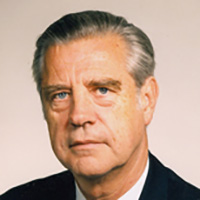 "In recognition of fundamental contributions and insights in the fields of order/disorder phenomena in materials and computational techniques for phase diagrams."
"In recognition of fundamental contributions and insights in the fields of order/disorder phenomena in materials and computational techniques for phase diagrams." "Has made profound contributions to the understanding of grain boundary motion, morphological stability, the structure of surfaces and interfaces, and flow and diffusion as stochastic phenomena."
"Has made profound contributions to the understanding of grain boundary motion, morphological stability, the structure of surfaces and interfaces, and flow and diffusion as stochastic phenomena."
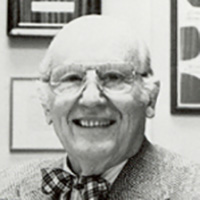 "For his contributions to the development of physical metallurgy, especially in the mechanism and kinetics of martensitic transformation, and for his leadership in establishing the broader discipline of materials science and engineering."
"For his contributions to the development of physical metallurgy, especially in the mechanism and kinetics of martensitic transformation, and for his leadership in establishing the broader discipline of materials science and engineering."
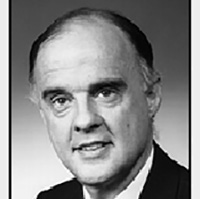 "For outstanding contributions to the understanding of diffusion, thermomigration, and the synthesis of diamond."
"For outstanding contributions to the understanding of diffusion, thermomigration, and the synthesis of diamond."
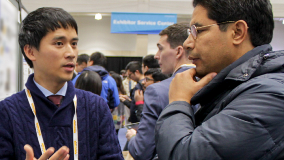
Broadening Participation in Materials
Privacy Policy |
Terms of Use
506 Keystone Drive, Warrendale, PA 15086-7537
Phone: 724.779.3003 | Fax: 724.779.8313 | Email: info@mrs.org
© Materials Research Society. All Rights Reserved.
Web Design & Development by Matrix Group International, Inc.
